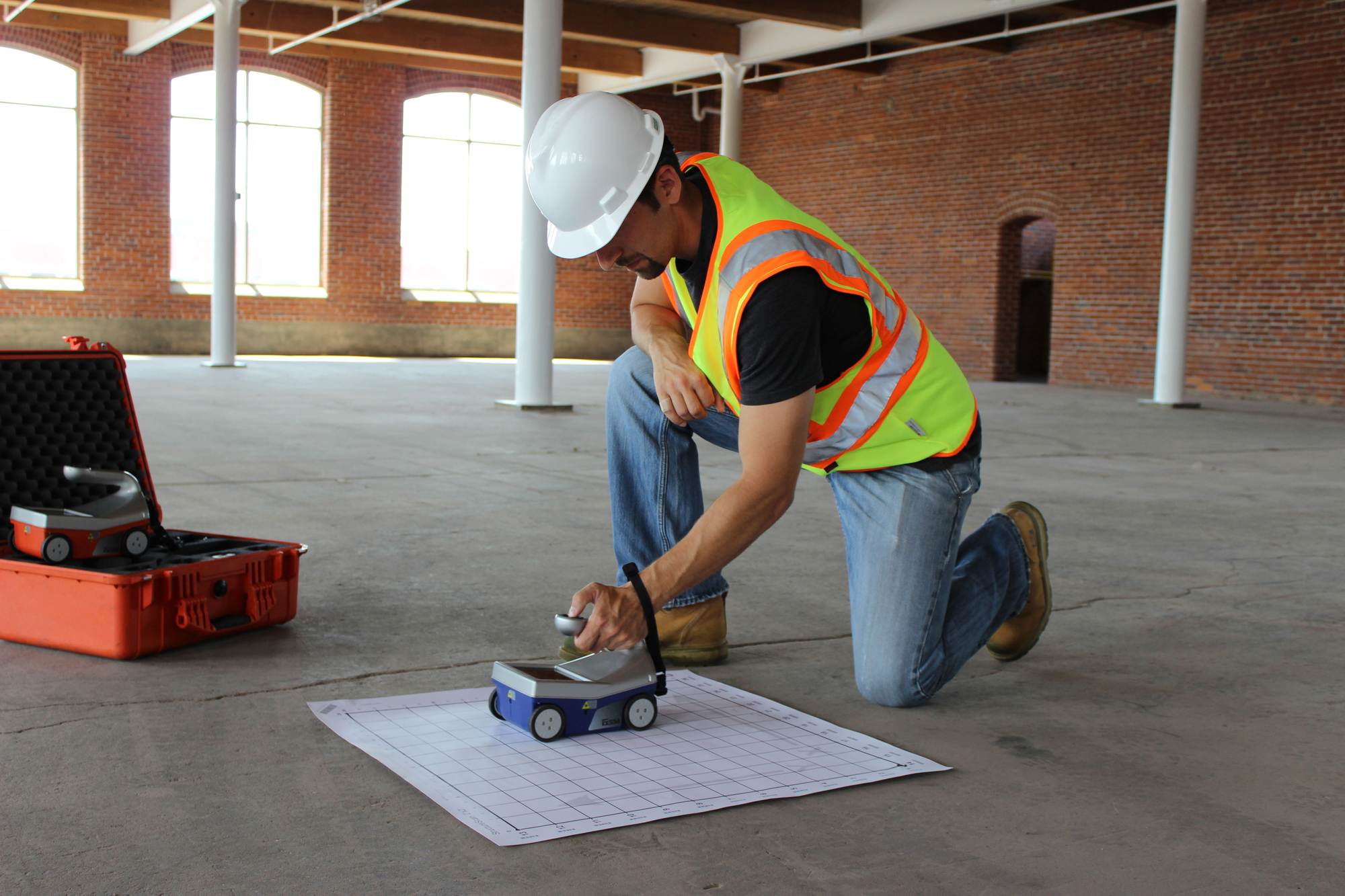RainierGPR Service Areas: Specialist Concrete Scanning in Your Region
Wiki Article
Concrete Scanning: A Crucial Action Towards Guaranteeing Structural Honesty and Safety And Security
In the world of building and construction and facilities upkeep, the importance of concrete scanning can not be overemphasized. This careful process holds the essential to unveiling possible dangers hidden beneath the surface of relatively strong frameworks. By using sophisticated innovation and methods, concrete scanning functions as a pivotal tool in making sure that the honesty and safety and security of bridges and buildings are maintained to the highest possible requirements. Nonetheless, past its surface-level ramifications, the duty of concrete scanning prolongs far deeper than fulfills the eye.Relevance of Concrete Scanning
Concrete scanning plays a critical duty in guaranteeing the structural honesty and safety of structures and framework projects. By using sophisticated technologies such as ground-penetrating radar (GPR) and electromagnetic induction, experts can non-destructively check concrete frameworks to spot potential defects, spaces, ingrained objects, and support design. This process makes it possible for very early detection of anomalies that can compromise the stability of a structure, protecting against expensive damages and making certain the safety of passengers.Concrete scanning is specifically crucial throughout the preparation and building phases of a project. Before drilling, cutting, or coring right into concrete, scanning aids recognize the specific areas of rebar, post-tension cords, and other embedded elements, decreasing the risk of unintentional hits that could bring about architectural weaknesses. Furthermore, concrete scanning aids in quality assurance by confirming the thickness of concrete covers and spotting any inconsistencies that may impact the overall resilience of the framework. Inevitably, buying concrete scanning solutions is not only a proactive procedure to reduce threats however also a basic action towards preserving the lasting safety and security of structures and infrastructure.
Innovation for Concrete Examination
Benefits of Very Early Discovery
Timely detection of structural problems can dramatically mitigate dangers and ensure the longevity of building tasks. By recognizing possible problems early in the building and construction procedure, stakeholders can take positive actions to deal with concerns prior to they rise right into bigger and more costly problems. One of the crucial advantages of early discovery is the prevention of architectural failings, which can posture serious safety and security risks and result in job hold-ups and economic losses.In addition, early detection enables prompt repair services and upkeep, which can assist expand the life-span of the structure. By dealing with issues without delay, building groups can stay clear of expensive repair work or even the demand for premature replacement of structural components. This proactive strategy not only saves money and time yet additionally boosts the total safety and toughness of the building task.
Additionally, early detection can improve project planning and decision-making by giving stakeholders with important understandings into the problem of the structure. Armed with this details, project supervisors can make informed choices pertaining to building techniques, materials, and timelines, resulting in more successful and effective task results.
Making Certain Structural Security
Guaranteeing the architectural stability of a construction task is vital to its safety and durability. Structural stability refers to the capacity of a structure or infrastructure to maintain its form and function under different tons and environmental conditions. To attain this, extensive analysis and surveillance of the framework are important. Concrete scanning plays a vital duty in ensuring architectural security by detecting potential issues such as gaps, delamination, or support rust that can compromise the integrity of the structure gradually.By making use of advanced scanning technologies like ground-penetrating radar (GPR) and electromagnetic induction, building and construction experts can non-invasively check concrete frameworks to recognize areas of problem below the surface. This positive method allows for the very early discovery of problems or weaknesses, enabling prompt repairs or reinforcement to stop structural failures.
Normal concrete scanning click this during various construction stages and throughout the life process of a structure can aid preserve its stability, reduce threats, and ensure the security of residents. By prioritizing architectural security with concrete scanning, building and construction tasks can enhance their resilience and sturdiness, ultimately contributing to better security and long life.
visit the site
Preventing Critical Failings
To safeguard versus devastating events, meticulous monitoring and positive upkeep are essential in preventing important failings within structural frameworks. Identifying potential concerns before they rise is vital to avoid architectural failures. Implementing routine evaluations, such as concrete scanning, can disclose surprise issues like spaces, fractures, or rust that can compromise the integrity of a framework. By utilizing advanced scanning technologies like Ground Permeating Radar (GPR) or Concrete X-ray, engineers can non-destructively assess the problem of concrete and determine powerlessness that need reinforcement or fixing - RainierGPR Service Areas.
Conclusion
To conclude, concrete scanning plays a crucial function in making sure structural integrity and safety and security by using innovative modern technology for early detection of potential problems. This positive technique aids prevent important failures and guarantees the security of structures. It is important to prioritize concrete inspection as a standard method to secure the longevity and safety of structures and infrastructure.Concrete scanning plays a critical duty in making sure the architectural integrity and safety and security of structures and framework tasks. Furthermore, concrete scanning aids in top quality control by verifying the density of concrete covers and finding any inconsistencies that might affect the general longevity of the structure. Concrete scanning plays a critical function in making sure architectural security by identifying potential problems such as spaces, delamination, or reinforcement deterioration that can jeopardize the honesty of the structure this website over time.

In final thought, concrete scanning plays an essential duty in ensuring structural integrity and safety and security by using advanced technology for early discovery of prospective issues.
Report this wiki page